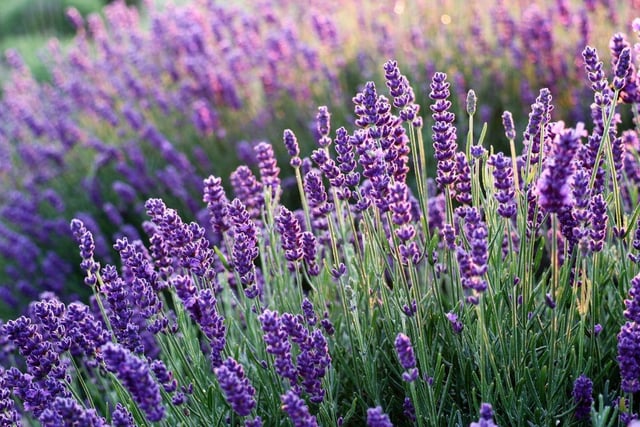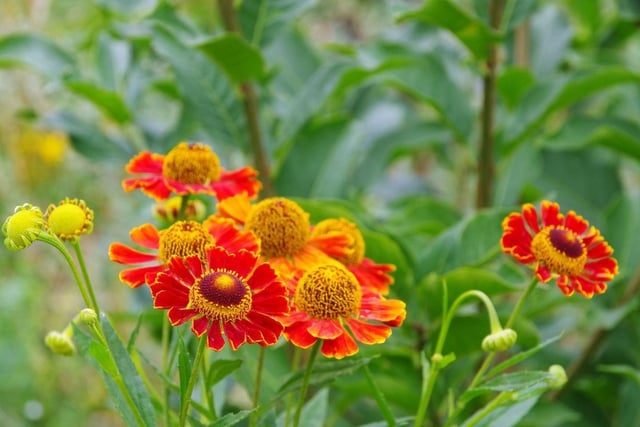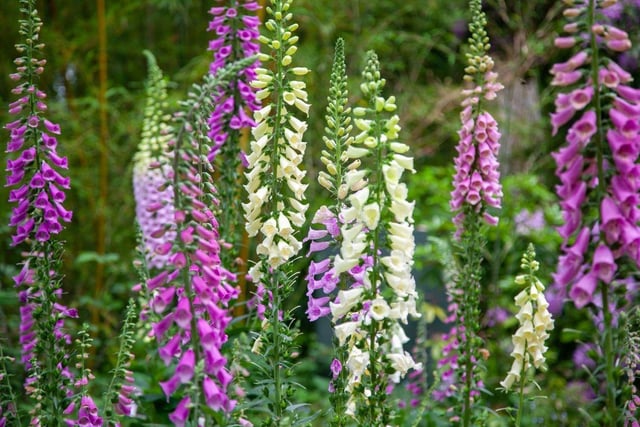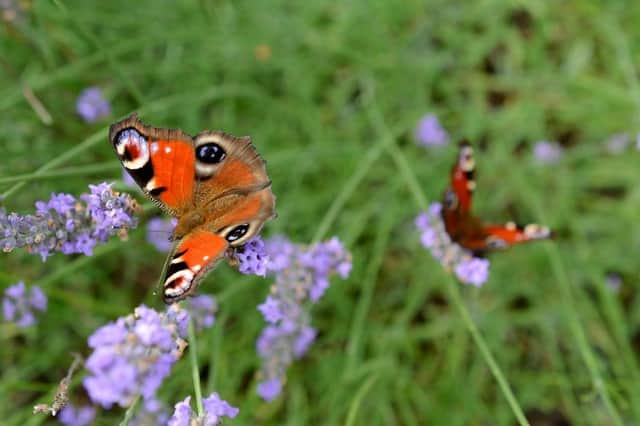UK gardens cover around 433,000 hectares of land – that’s nearly three times the size of Greater London and more than two and half times the area of all the RSPB’s nature reserves.
This means there is huge potential for us all to help nature at home – whether you have a garden, backyard, balcony or just a window box.
One way to help wildlife is to attract pollinating insects and other wildlife by filling your outdoors space with plants.
To give you a helping hand to make nature-friendly choices, new home builder David Wilson Homes have collaborated with the UK’s largest nature conservation charity, the RSPB, to create a list of bird and pollinator-friendly plants.
Nearly all these plants are perennials, meaning they come back year after year, blessing both your garden and visiting pollinators with plenty of fragrant, colourful flowers.
One way to help wildlife is to attract pollinating insects and other wildlife by filling your outdoors space with plants.

5. Lavender
A favourite of bees, lavender grows to a wide clump of about 60 cm tall. They thrive in dry soil - just be cautious not to overwater them because they don’t like having what is called ‘their feet in water’. In early spring, simply trim the ends of all of the stems to keep your lavender healthy. Photo: Canva/Getty Images

6. Helenium
Helenium have gorgeous daisy flowers that grow to around 60 cm high in flaming reds and sunny yellows. A common variety is Sahin’s Early Flowerer, but any will do and all varieties will have the bees buzzing. In terms of caring for your helenium, cut back last year’s flowering stems in early spring and make sure to water well in hot, dry weather. Photo: Canva/Getty Images

7. Foxglove Digitalis
Foxglove Digitalis have tall flower spikes with pretty purple, pink and white flowers. Many are ‘biennials’ which means they germinate in year one, form a rosette of leaves and then flower and die in year two. Don’t be alarmed though - you can scatter the thousands of tiny seeds that are left. Photo: Canva/Getty Images

